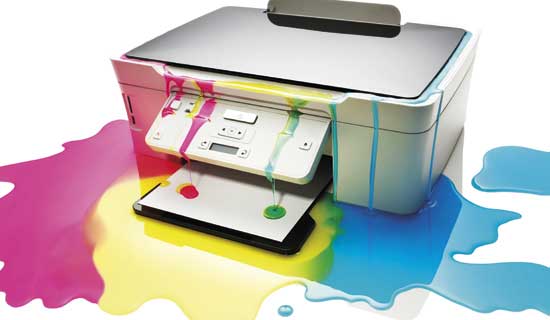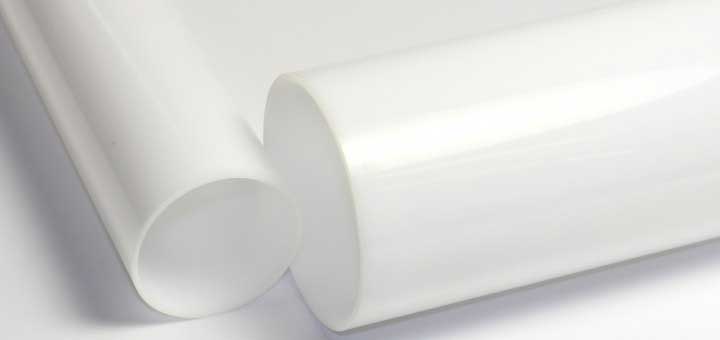During a time of advanced media, it can be sometimes easy to overlook the basic joy of taking a seat with a magazine, book, inventory, or daily paper. There is something unique about having a paper in your hold, feeling it, and seeing pictures precisely the manner in which they were intended to be seen. To make the experience better the quality of paper and ink guarantee that each reader sees similar photos and graphics without the slight variations characteristic to screens, making them essential when picture quality is the best need. Regardless of whether it’s giving clients a correct portrayal of an item color, making a craftsman list, or exhibiting the precisely picked shades of a creator’s most recent gathering, there is nothing very like printed media.
The plain basic reality of creating ink is that the client is purchasing the color. Those hues must be both precise and reliable, taking into account print media clients to make correct generations of photos and outlines over and over all through the keep running of a specific item and in addition in potential future reprints. While it is anything but difficult to perceive the significance of ink color quality while delivering media, for example, craftsman list or foot stool books, even mass-created, ordinary things like magazines rely upon color consistency for attractiveness. Without a doubt, in spite of the push toward advanced media, printers are under more strain to create very precise color than any other time in recent memory. Monetarily worthy color has been re-imagined in the course of the most recent decade.
Present day spectrophotometric instrumentation guarantees that ink makers keep up the most noteworthy standard of color quality control all through assembling by giving unprecedented understanding into item conduct by means of goal, quantifiable color information. Instrumental color estimation has had the best impact on the requests of the ink business. Quality projects accentuate factual quality control, subsequently the need to put a number on color estimation.
Spectrophotometers are intended to break down reflected or transmitted color and make an interpretation of color data into particular color space information, for example, CIE L*a*b*or Hunter Lab esteems. The present advanced spectrophotometers can quickly and monetarily create profoundly precise readings of both fluid and strong inks utilizing adaptable optical geometries. In spite of the fact that spectrophotometers enable you to break down even the littlest example, they additionally offer inventive answers for estimating the shade of vast amounts of ink to guarantee fitting hue.






